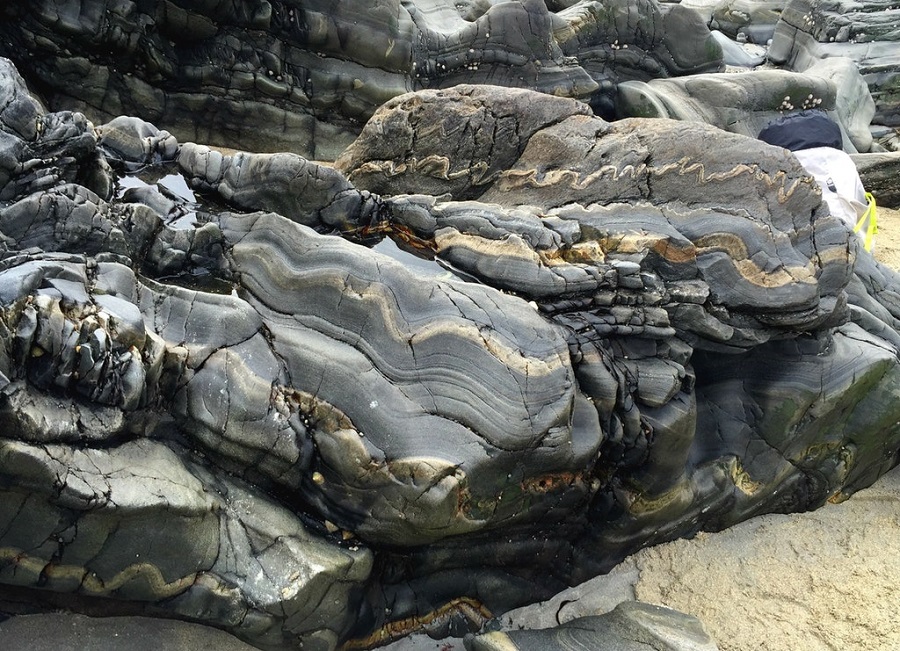Rugged red granite hills remote moors coastal cliffs magnificent mountains and spectacular beaches.
Ross of mull granite age.
However more recent u pb studies have identified a widespread early silurian granite appenite igneous episode emplaced at 429 423 ma within the caledonides immediately to the east of mull rogers dunning 1991.
To the west at the tip of the ross of mull lies an area of red granite covering more than twenty square miles that is the remains of a large molten magma chamber intruded about 414 million years ago.
A rb sr whole rock determination of 414 3 ma on the ross of mull granite halliday et al.
It is very different from the metamorphic rocks of the moine series and has been extensively quarried in the past.
Walking the spectacular scenic walks on mull and the ross of mull peninsular and the isle of iona.
In the nineteenth century this was extensively quarried and the stone exported widely throughout britain.
If you look closely at the lewisian gneiss and at the younger iona group rocks on the east side of iona you might notice bright red sheet like veins of another type of rock this is a micro granite that has intruded into the older rocks of the area and is associated with the ross of mull granite in terms of age.
The pink caledonian granite at the western end of the ross of mull has been worked as a building stone and features locally in iona cathedral.
It gives rise to a very gentle rounded topography.
This has been dated at about 420 million years old.
The moine outcrop is terminated to the west by the ross of mull granite which was intruded towards the end of the caledonian orogeny at 421 5 ma oliver et al 2008.
The ross of mull granite is of latest silurian or early devonian age circa 414 ma.
It forms a prominent mass of probable total extent 50 km 2 half hidden beneath the waters of the atlantic in southwest mull jones 1997 this is in the same age range as widespread lamprophyre dykes dated at circa 430 390 ma across parts of scotland ireland and northern england.
An ros mhuileach is the largest peninsula of the isle of mull about 28 kilometres 17 mi long and makes up the south western part of the island it is bounded to the north by loch scridain and to the south by the firth of lorne the main villages are bunessan and fionnphort with smaller settlements including ardtun camas carsaig knockan pennyghael and.
The ross of mull.
Alluvial deposits occur along valley floors and are postglacial in age.
1979 has suggested a late silurian age.
The ross of mull an ros mhuileach is the largest peninsula of the island of mull located in the south west of the island with the isle of iona at its tip low lying rounded knolls of pink granite which look particularly striking at sunset characterise the landscape of ross of mull.
An area with ruined townships evidence of a difficult history of highland clearances thought provoking interesting challenging and uplifting.
Some river terrace development is seen in glen forsa.

